You could say that I had a visit from a ghost
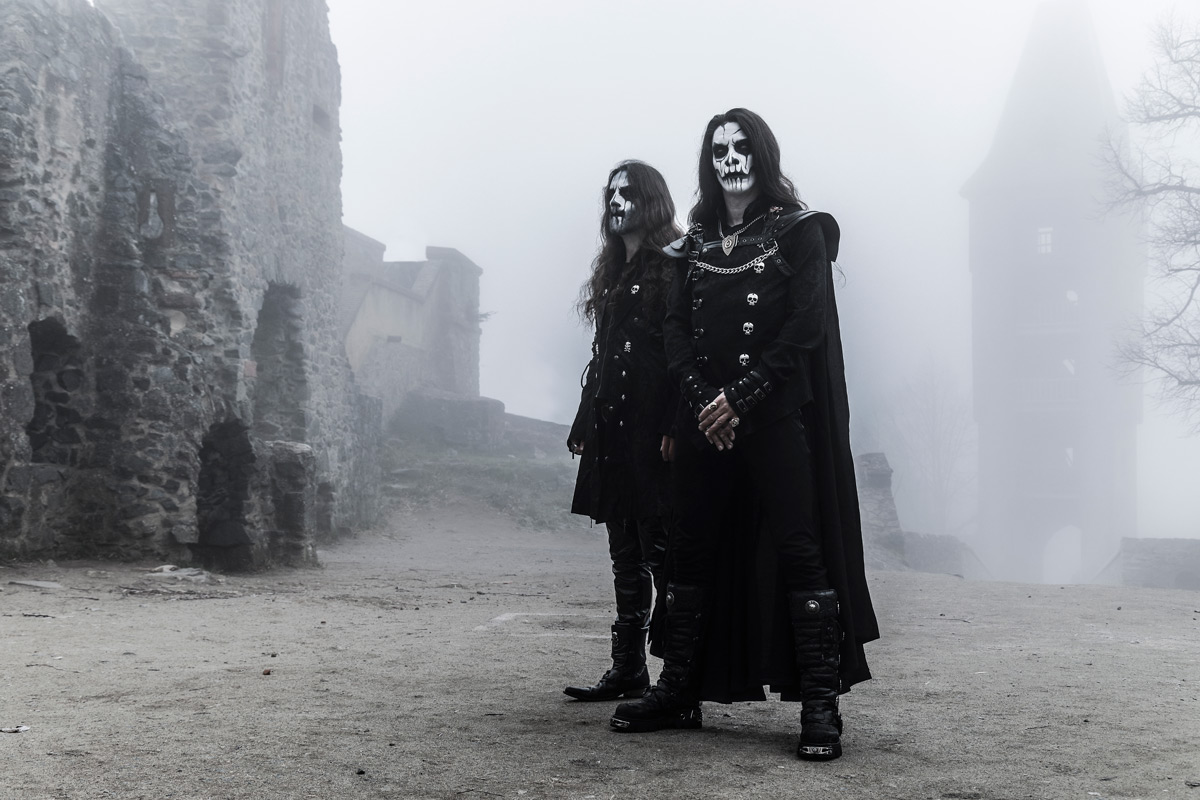
A Modern Prometheus
1816 was a dark year. Literally. The eruption of Mount Tambora in 1815 had thrown the world into a volcanic winter, making 1816 a year without summer. The weather changes caused food shortages and riots all over the continent, and hundreds of thousands of people died as a result of the ensuing chaos and hunger. That was the backdrop against which Mary Shelley (née Godwin) conceived the tale of Frankenstein.
During that dark summer, taking part in a challenge to write a ghost story with her friends Percy Shelley and Lord Byron, Mary Shelley first came up with the idea of a Monster and its Creator. One evening, recalling discussions about the origins of life, and unable to fall asleep, that idea turned into a vision:
“I saw the pale student of unhallowed arts kneeling beside the thing he had put together. I saw the hideous phantasm of a man stretched out, and then, on the working of some powerful engine, show signs of life, and stir with an uneasy, half vital motion. Frightful must it be; for supremely frightful would be the effect of any human endeavour to mock the stupendous mechanism of the Creator of the world.”
That dream was the basis for Shelley’s book Frankenstein; or, The Modern Prometheus, and which has gone on to become one of the most influential works of fiction ever written. In the more than 200 years since its publication, countless of artists have been inspired by this work, either portraying its characters, or being influenced by the themes that Shelley covered within.
Although Frankensteina Strateamontarus is not a retelling of Frankenstein, it is very much influenced by it. And, fittingly, as Ardek explains, it also started with a vision.
“In December 2017, we were coming back from tour and I knew that it was time to start thinking about a new album. Around that time, I had a nightmare. I was floating through a big house. There was water flowing… it was really strange, and I heard dissonant piano sounds in the background. I was pulled into a big room, facing a street. In the middle of this room there was a portrait of an old man that looked kind of angry, and I was pulled towards it. And then I woke up.
I started scribbling down what the dream was about. I tried to draw the face that I saw. I sat at the piano and tried to recall the notes I heard. Then I forgot all about it until months later when, for no apparent reason, we started to talk about the Frankenstein story.”
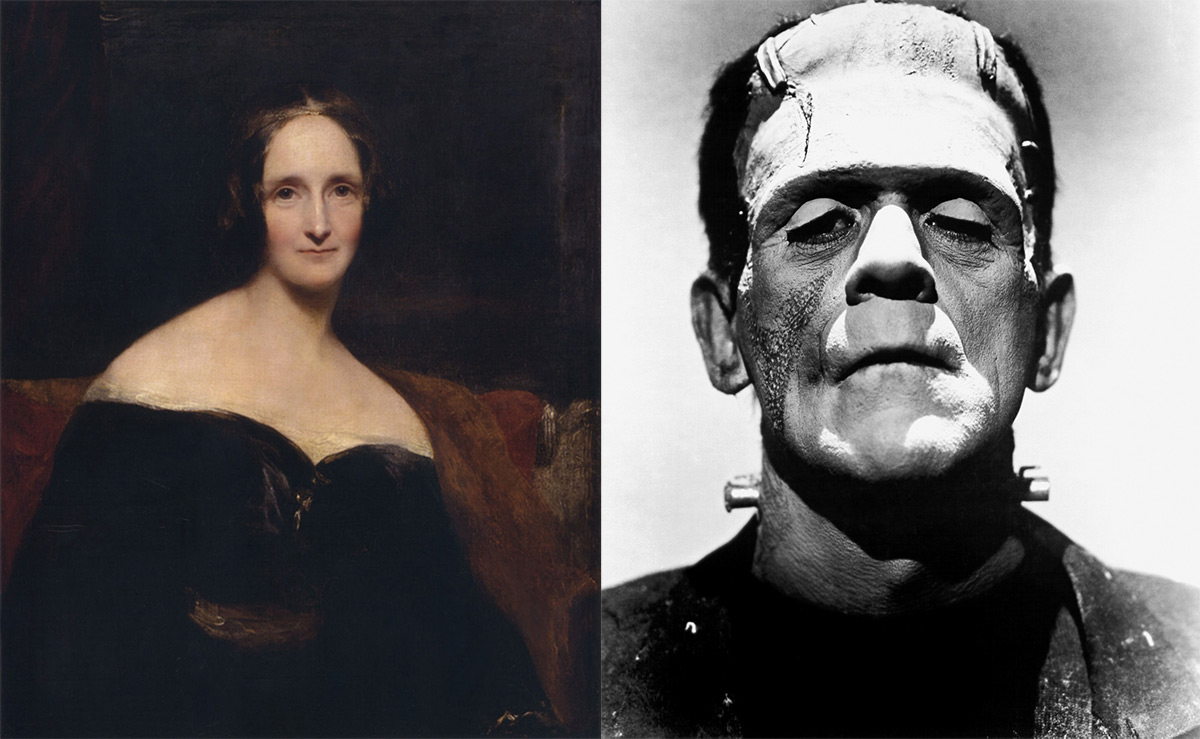
“Though I had never really connected to the story on a personal level, Seregor [Dennis Droomers, vocals and guitars] had, since he really liked the old movie. We thought that it was a cool concept, but that it had been done too many times already. For me it was like a dead subject; just doing Frankenstein would be boring, and I thought that I needed something to connect to it that would inspire me. So I started reading the original novel and I was fascinated. I had never read it before, and I thought that it was a really good book, with so much stuff in there that simply didn’t translate into the movies or into pop culture.
One thing that struck me was that Victor Frankenstein was so passionate about science that he just couldn’t stop working. He abandoned his family, he retreated into nature trying to get some relief, sick with himself and with what he had created. The monster is also much more intelligent than how he’s portrayed in movies, aware of who he is. All of these things really captivated me.”
Fiction often focuses only on Frankenstein’s monster, ignoring the complexities of Victor Frankenstein’s psyche. His passion for science, which slowly grows into a pathological obsession for creating life, are often a mere afterthought, as is the enormous remorse that fills Victor once he realizes the extent of what he’s done. The book’s subtitle, The Modern Prometheus, is itself a reference to this, as Victor’s deeds, followed by his own suffering, represent the Promethean crime and punishment.
These were all aspects that Ardek was fascinated by, and which he wanted to somehow include in the album. However, unwilling to simply write a black metal version of Frankenstein, he embarked into an obsessive quest of his own.
“I started to research more. I visited the Boerhaave Museum in the Netherlands, where they had a Frankenstein exhibit to celebrate 200 years since the publication of the novel. There I found an exhibit by scientist María Gómez López, who was planning to remove part of her body as part of a Frankenstein-esque performance. I e-mailed her, told her that I liked her idea, and invited her to have a chat about it. She then revealed some more information about the Frankenstein story and about the era in which it was written. Around that time I also came into contact with a theory saying that a man named Johann Conrad Dippel was the inspiration behind Shelly’s Frankenstein. And when I looked him up on Google, I saw that he looked like the man in my dream!”
The Memory of Past Misfortunes
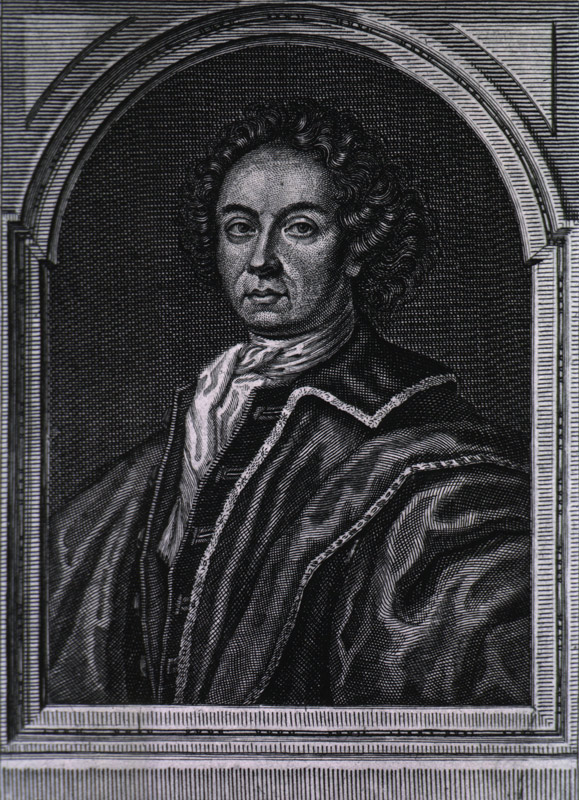
“I rarely dream at all, so it was cool that I had that dream. At that moment I didn’t know what was going on, and it was only months later that I started to connect some dots and to create a story for myself. I even started writing about it! I have like half a novel written about the album, with a lot of ideas, because I basically didn’t know what I was doing. I was pursuing this Dippel idea, but I was also looking into science, reading scientific research on animal decapitations, and stuff like that. It wasn’t even about the music at first, I didn’t see the connections. Only months later, as I experimented with synthesizers and sounds, and saw that connection of me being the one doing the experiments, that it all started to come together.
You could say that I had a visit from a ghost, or that it was just a coincidence, but everything was coming together. It felt like this was something that we as a band needed to pursue.”
Born at Frankenstein Castle in 1673, Conrad Dippel was a German theologian and alchemist. When his attempts at alchemy proved fruitless, he focused his attention into creating a universal cure, an elixir of life. He is also said to have practiced anatomy, and that he might have conducted some gruesome experiments in his search for the elixir vitae, as well as some attempts at the supernatural. Since it’s possible that Mary Shelley visited Frankenstein Castle during one of her trips, some believe that she was inspired by Dippel’s story.
“There’s no solid evidence behind that connection, other than Dippel he was born at Castle Frankenstein and that he was an alchemist. When he was studying, his addendum at his University was Franckensteina-Strataemontanus, which is what we used as the album title. I thought that this was a really cool story, because almost no one knows about Dippel, even though there are so many rumors about him. That’s when we decided to make the album more about his story, and to connect a lot of other elements to it.”
“It was used in World War II, during the battles in north-Africa, near Egypt, between Great Britain and Italy. I found an actual document from the war cabinet in Britain where they instruct the English soldiers to pollute the wells with this Dippel Oil if they had to retreat, so that the Italians couldn’t drink from them. It was like a rudimentary chemical weapon.
I was fascinated by this, the fact that Dippel invented that oil, and that even after his death, the oil stays as something kind of ‘evil’, so we made the song Operation Compass about this story.
Operation Compass was the first large-scale West African operation by the UK during WWII, after the Italian invasion of Egypt. Though it only lasted two months, it resulted in the deaths of over 6,000 troops from Italy and the UK. Preparing for this conflict, the English War Cabinet had authorized the use of substances like bone oil to make wells non-potable, noting that these substances aren’t per-se toxic, only making the water too disgusting to drink (and which would have meant that their use wouldn’t be against the Geneva Protocol). Some authors have noted, however, that Dippel’s Oil was also used by the British as a filling for explosive munitions, giving the explosions such a terrible smell that they forced enemy troops to wear gas masks.

Details of Vice and Bloodshed
Although Franckensteina Strataemontanus is a concept album around the figure of Dippel, the band obviously took many liberties in its conception. Indeed, the album isn’t supposed to be Dippel’s actual story, but instead a supernatural tale that merely uses Dippel as a starting point, connecting it to Frankenstein’s monster, WWII, a murderer, and more.
“I took a very literary approach to Dippel. The album starts with the story of a boy who, at the beginning, goes out to play in the woods, gets sick, dies, comes back from the grave, and attacks his family. By the end of the record, you see that Dippel had been trying to achieve immortality, but that his body kept rotting away, so his soul kept roaming endlessly, now finding this boy to use as a host.
Meanwhile, Seregor was looking into the Vampire of Nurember, German necrophiliac, who’d go to graveyards and search for bodies to violate. He even killed people. His real name is Kuno Hoffmann. In the album we connected him to Dippel, as if he had been inspired by him.“
Very little is known about Kuno Hoffman, including whether he’s still alive or dead, as some reports show him as having died in prison. Nevertheless, the brutality of his crimes shocked Germany. A survivor of brutal abuse by his father, and which might have been the cause of his mute-deafness, Kuno was severely mentally ill, and obsessed with black magic and satanism. In addition to petty crimes, he regularly visited mortuaries to steal items from the deceased, but also to have sex with female corpses, and to drink their blood. By the time he moved to live victims, he did so in a frenzy, shooting a young couple and drinking the blood from their wounds. He was apprehended shortly thereafter, and sentenced to life in prison.
In a real-life parallel to the Frankenstein story, Kuno Hofmann’s crimes might have been the expression of his hatred towards a world that had rejected him. From his brutal parental abuse, to his inability to make friends, let alone find a mate, Hoffman had experienced nothing but pain. This is not to excuse his actions, of course, since the vast majority of abuse survivors do not become monsters; but it is worth asking, when we do find a so-called monster, whether they were born like that, or whether we all played a role into making them into one. As the Creature poignantly expressed in Frankenstein:
“There was none among the myriads of men who existed who would pity or assist me; and should I feel kindness towards my enemies? No: from that moment I declared everlasting war against the species, and, more than all, against him who had formed me, and sent me forth to this insupportable misery.“
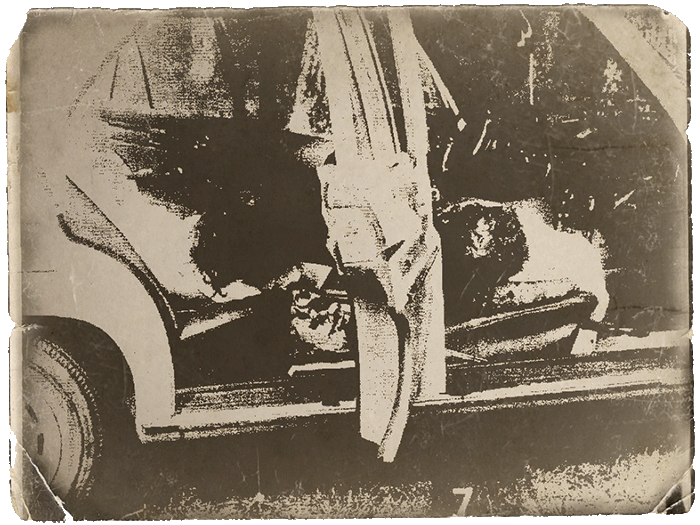
Outside of the Common Pathways of Men
Carach Angren are a divisive name in black metal. Although in many aspects they fit perfectly within the genre, their focus on storytelling (instead of satanism, which some consider an essential part of black metal), as well as their symphonic elements, set them apart from more traditional black metal bands. Nonetheless, they don’t really seem to care about genres, preferring instead to concentrate on the music and the stories.
“I know it’s a cliché, but we really just try to do our own thing, which we have developed over the last 17 years. I feel that there is something original about our storytelling approach, and which hadn’t been done before. Of course, we have black metal roots and influences, but also from death metal. I like to see the band as something that is still developing, because I don’t want to just leave it at black metal. As an artist, and as a human, you are constantly changing. Genres help labels market bands, and help them reach people, and that’s cool, but I’ve never tried to be just within the bounds of a single genre. ”
Seregor is a movie buff. He has a very visual mind. He’s always coming up with images in his head, which is why he’s such a great mask maker, for example. I always think about the psychological part; I try to give the stories some extra depth, with more references and philosophical points. I think that this combination works really well; he can come up with the gruesome stuff and the theatrics (the way he sings, the way he acts, etc.) while I cover a side for those who really want to delve deeper into the stories and their background.”
Using music as a storytelling device poses many difficulties. Stories aren’t made out only of very dramatic points, requiring also the pauses and build-ups that give them their sense of progression and change.
“I like contrasts; to start with something little and then build it up to something epic and larger-than-life. When you constantly hear epic stuff, the epic becomes normal. This is forgotten a lot these days. I always try to have the listener’s perspective on how things build up, and how they respond to them. That’s the art in it, and it takes time.”
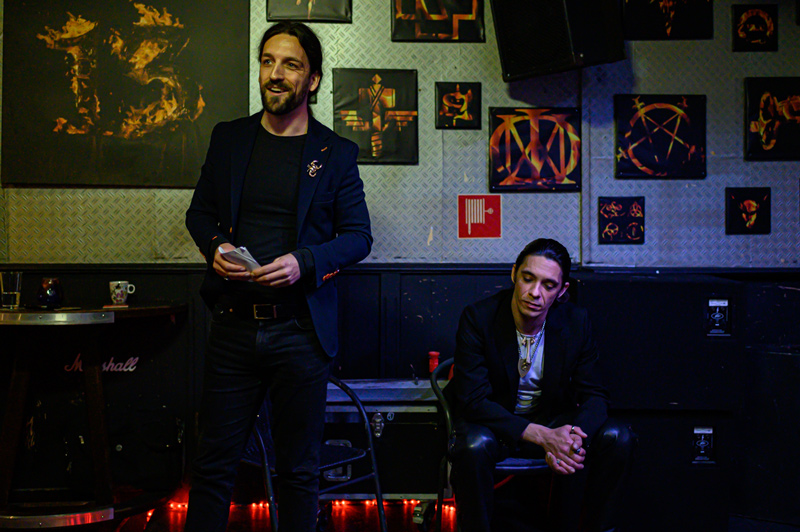
Franckensteina Strataemontanus will be released on May 29, 2020, by Season of Mist.
As an ad-free publication, we rely on our readers to make the site self-sustainable. If you want to support us, please visit our Patreon.
Top Photo: Stefan Heilemann

